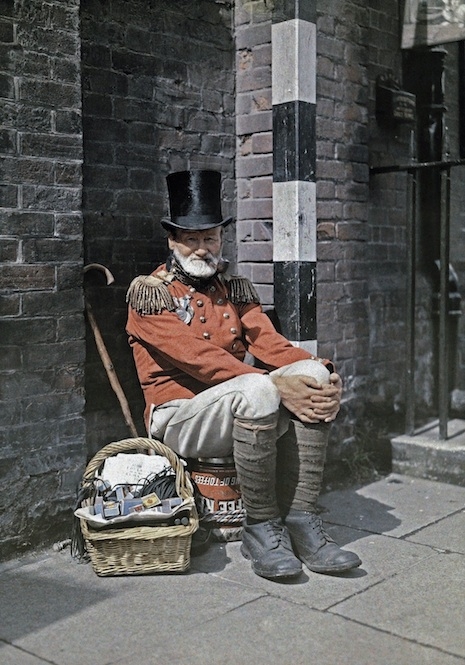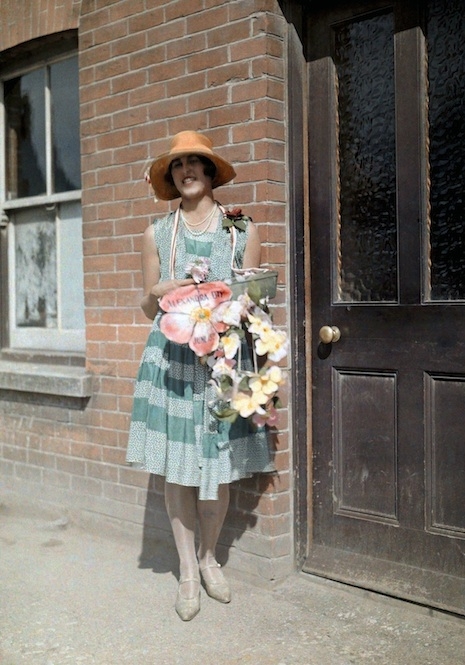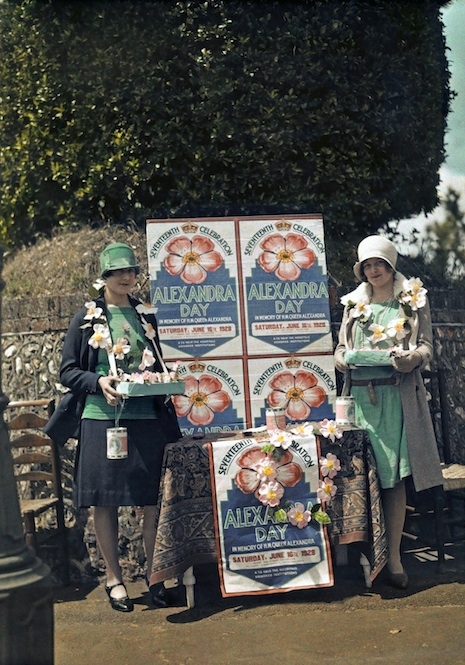
The summers seemed brighter, the weather warmer, the days more leisurely. The First World War—”the war to end all wars”—was over and the 1920s began as a decade of great prosperity.
But by 1925 the years of plenty ceased. The gap between rich and poor widened with unemployment rife and beggars—many old soldiers—a common sight on the cities’ streets.
In 1926, a General Strike almost brought the government down when the General Council of the Trades Union Congress called a strike in support of one million mine workers who had been locked out of the mines by owners who wanted them to work more hours for less pay—a drop of 13% in miners’ wages.
Where farming had once thrived, now one in four farms were sold during the 1920s to pay increasing financial obligations—over 600,000 farmers went bankrupt.
Families were of a smaller size compared to those in Victorian families while children were educated until the age of fourteen. There was more freedom for middle class and upper class women. Those over the age of 30 were given the vote in 1918, which was finally extended to all women over the age of 21 in 1928.
In 1928, photographer Clifton R. Adams was commissioned by the National Geographic to document life in England. Adams’ beautiful Autochromes—a process of producing color images by using potato starch—present images that capture the last of an England that was slowly heading towards an irreversible change.



England’s dreaming: More of Clifton R. Adams’ Autochromes, after the jump…





